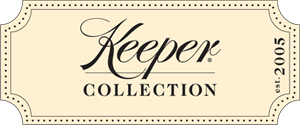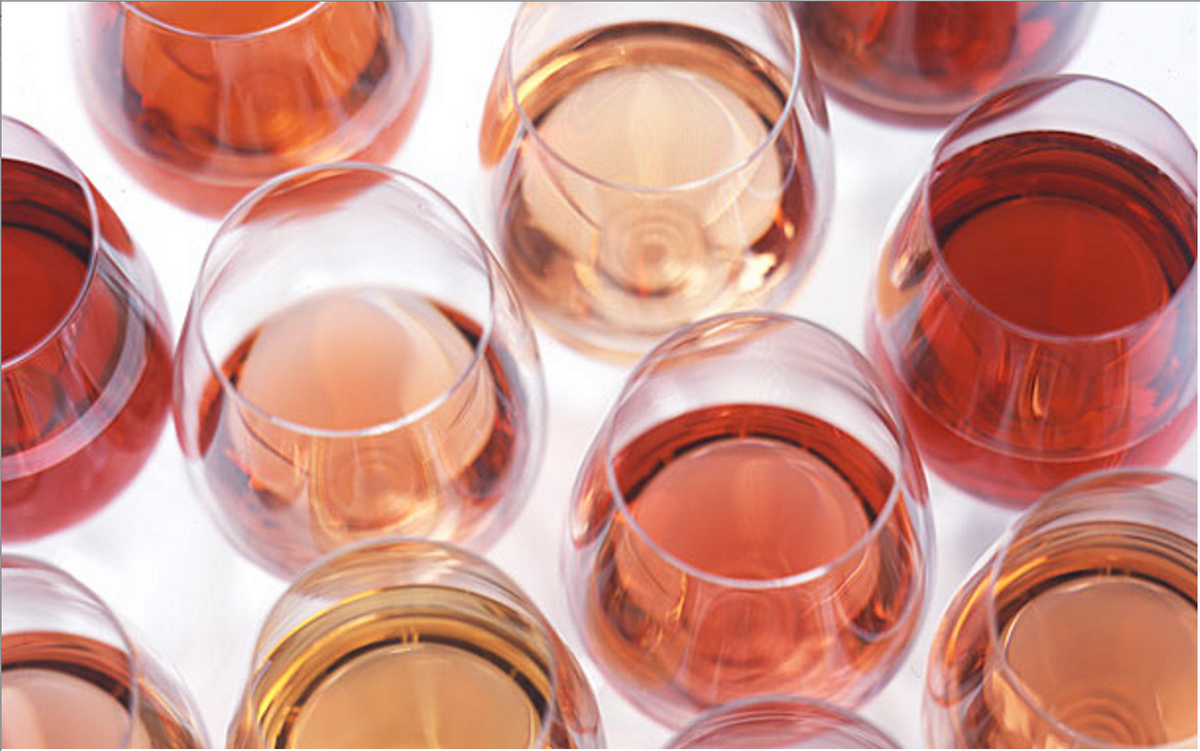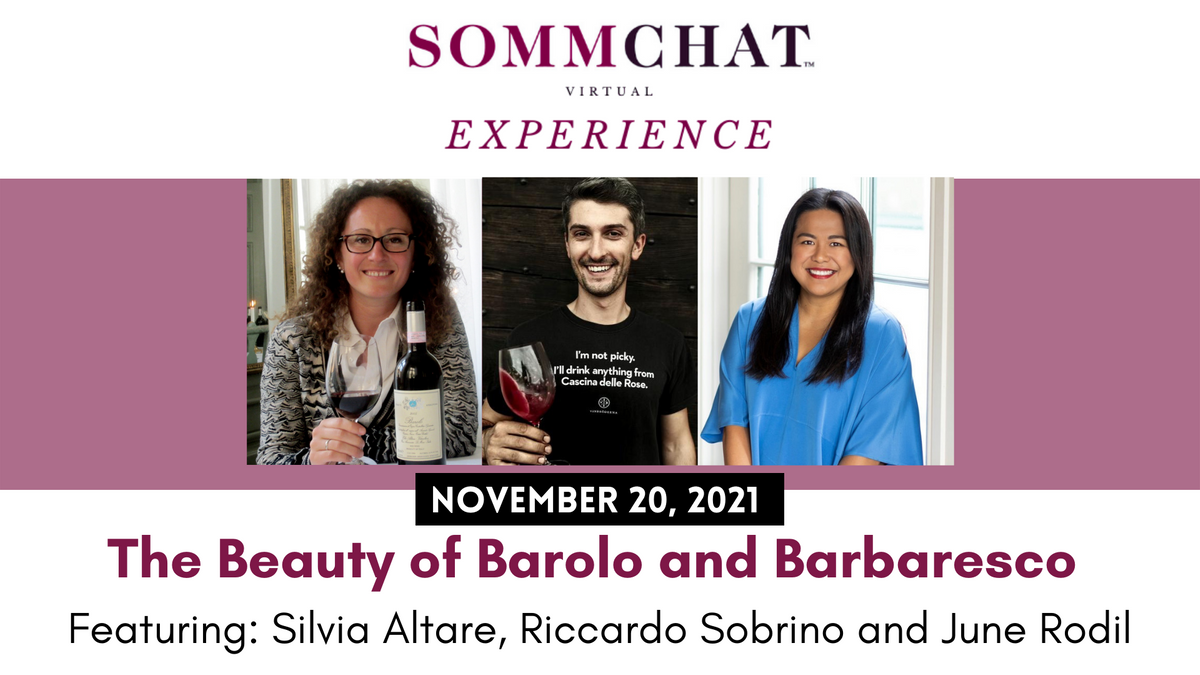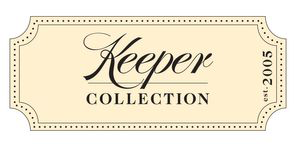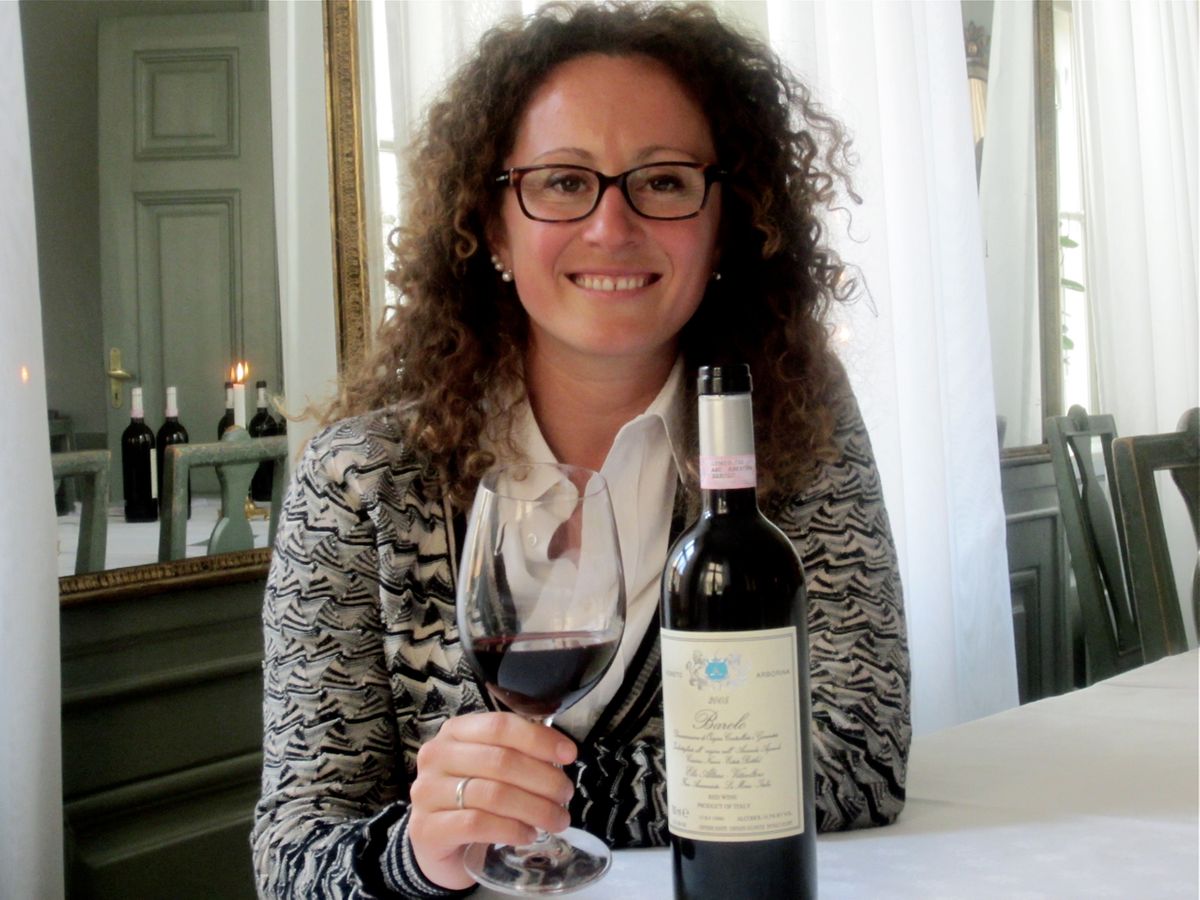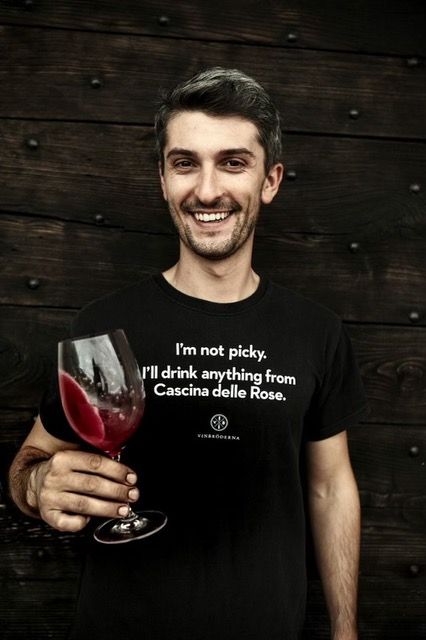Oh rosé- one of the great loves of my life. Really though, is there anything better than a nice glass of rosé out on a patio on summer evening? Personally, I don’t think so. There’s just something special about rosé. It’s so light and crisp- there’s no wonder that many have deemed the refreshing beverage ‘summer water’!
Although this summer I’ve enjoyed a number of great rosés, I really don’t know anything about its actual production. That’s why I asked Master of Wine Christy Canterbury and Master Sommelier Brett Zimmerman all about rosé, its production, and what makes it unique from other types of wine.
Thank you, Keeper Community, for coming on this incredible journey with me over this summer! I’ve learned so much, and have had an amazing time! I hope you’ve loved #KoolKeeperSummer as much as I have! So enjoy this last post with a nice glass of rosé and enjoy these last few summer days!
What grapes are used to make rosé?
CHRISTY CANTERBURY, MW: “Absolutely any grape can be used in making rosé wines,” says Canterbury. “Some of the most common are Grenache, Syrah, Cinsault, Carignan and Mourvedre along with Pinot Noir.”
Brett Zimmerman, MS: Depending on the region, winemakers are looking for grapes that have a freshness of flavor, bright fruit character, and enough acidity to maintain a zippy character until the next vintage is released! In Provence and southern France we often work with grapes like: Grenache, Syrah, Mourvedre, Cinsault, Tibouren, and Carignan. The Italians like using Sangiovese, and other native grapes like Montepulciano, Lagrein, and Aglianico. In Spain we see plenty of Garnacha, Tempranillo, and fun wines from lesser known regions. Look for interesting Pinot Noir rosé from Burgundy, Loire Valley, and Germany. Austria is making fun things from Zweigelt and Blaufrankisch. Of course the US has plenty to offer from Oregon, Washington, and California with plenty of grapes to choose from – lots of geeky things from grapes like Trousseau.
Are there differences in the rosé production process than that of other types of wine?
CHRISTY CANTERBURY, MW: “Rose wines are made in one of three ways.” Canterbury says. She goes on to explain that sometimes rose is made when the grape’s skins are macerated with the mashed grapes until the winemaker’s desired color is reached. The process continues by pressing the juice off the skins to ferment the wine. Other times, winemakers may siphon off a portion of juice from a tank into another after a predetermined period of time. “The newly created tank is fermented into rosé without the skins,” Canterbury explains. In some cases, red and white wines may be blended to the desired color or flavor of the winemaker.
“Rose is the ultimate winemaker’s playground with lots of different ways to get to the final product – blending, fermenting in different vessels, use or not of malolactic fermentation, use or not of residual sugar, Canterbury tells us. “Absolutely anything works with rosé wines.”
Brett Zimmerman, MS: Yes, most producers of still rosé wines are using the quality of the grapes, temperature of the tank, and time with skins to determine the color and flavor of their wine. The producer can direct press for a lighter style or macerate the wines for juice with more color and structure. Most are aged in stainless steel, but some in older barrel for a rounder, smoother style.
Are there different types of rosé?
CHRISTY CANTERBURY, MW: Canterbury explains that there is a huge range of rosés. “They can be lean and elegant, fruity or mineral, light or heavy in alcohol, bone dry or exceedingly sweet,” she says.
Brett Zimmerman, MS: There are so many different types of rose, but they often fall into a category of lighter and darker color. The Provençal pale color and style is quite fashionable right now, but consumers are becoming more and more savvy with other rosé wines from around the world as well. I find that the rosé shelf promotes a ton of open-minded decisions and a greater threshold for higher prices as well. It is not uncommon for people to buy $30 rosé without thinking twice.
Is rosé meant to be aged like other wines?
CHRISTY CANTERBURY, MW: “Generally rosé is delicate and meant to be consumed within a year to 18 months of its production,” Canterbury explains. However, certain rosés made with high quality fruit may even improve with a few years of age. Even more rarely, some can improve with time- Canterbury mentions that Château Musar and Lopez de Heredia are the only two rosés she can think of that apply to this exception. “The trick is that aging rosés means the flavors turn out differently than they do in the latest vintage. Aged rosés are more like aged white wines,” says Canterbury. “Don’t expect a lot of fruit. Expect savory, earthy flavors.”
Brett Zimmerman, MS: This depends on the grape, region, and style of the wine that was made. For the most part I feel like rosé should be enjoyed in the first 6 months that it is released. That said, I would certainly age the great wines of Bandol, Corsica, Tuscany, and Burgundy. Of course, there are always exceptions to the rule, which is why it is always good to focus on the producer. Take for example, Clos Cibonne from Provençe- this wine is always better with a little bottle age.
What foods does rosé pair well with?
CHRISTY CANTERBURY, MW: Canterbury explains that food combinations with rosé depend on which type of rosé you plan to pair with. “I often think of dry rosés as being the perfect cross between a white and a red: works with a chill but has more body and a bit of bite (tannins) like a red,” she says.
“Always remember that rosés almost always pair well with sunshine and a crowd of friends if nothing else,” she reminds us.
Brett Zimmerman, MS: Rosé wines are a sommelier’s friend and can bridge so many wines that seem difficult for just white or red wines. I love pairing these wines with grilled seafood, summer vegetables, pesto, Bouillabaisse, Gazpacho, sliced meats, fresh tomatoes, and a tasty crudité.
What are some of your favorite rosés?
CHRISTY CANTERBURY, MW: Canterbury tells Keeper that she typically leans towards bolder flavored rosés. “Nothing against the Provençal craze of light, minerally, pale rosé, but I tend to favor a generously juicy wine like a Spanish rosé,” she says. “A good Garnacha always does the trick.”
Brett Zimmerman, MS: One of my favorite wines every vintage is Domaine du Bagnol from Cassis. From Provence I also really like with wines of Peyrassol, Triennes, and Domaine Saint-André de Figuière. Clos Cibonne is a favorite as well. From other regions I love Bruno Clair Marsannay Rosé, Lucien Crochet Pinot Noir Rosé from Sancerre, Chateau Pradeaux from Bandol. Bisson from Italy, Muga from Rioja, Iby Blaufrankisch from Austria, and Abbatucci from Corsica.
People often refer to Rose as a summer wine, is that correct or do you drink Rose throughout the year?
Brett Zimmerman, MS: I think it is hard to deny that you simply crave rosé more in the warmer months, but I am certainly not opposed to serving rosé all year around. You have to suggest it more in the cooler months where as in the hot months it simply sells itself. Structurally and stylistically there is no reason not to drink rosé all the time.
Thank you to our expert guests Master of Wine Christy Canterbury and Master Sommelier Brett Zimmerman.
